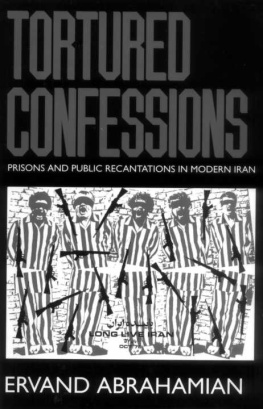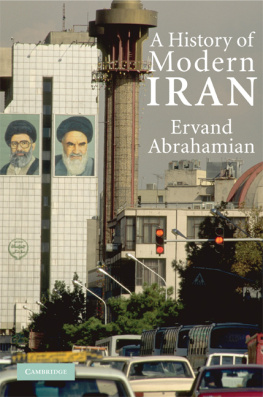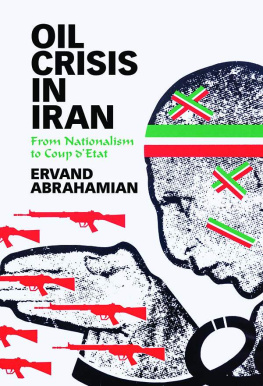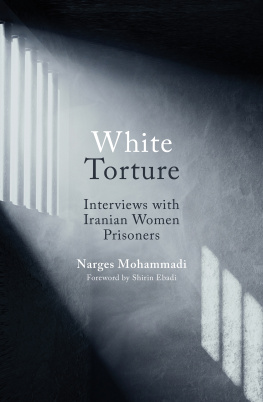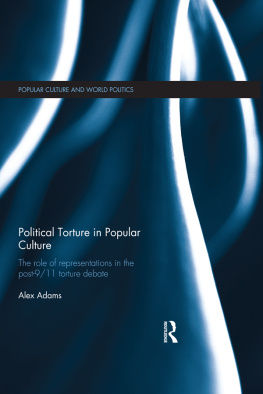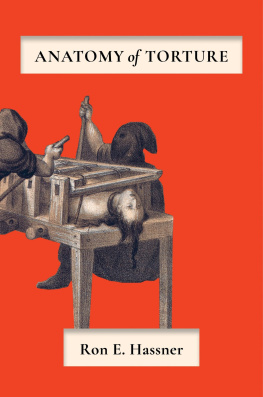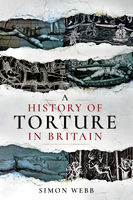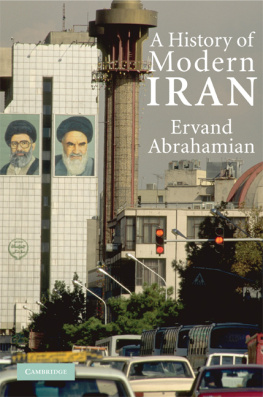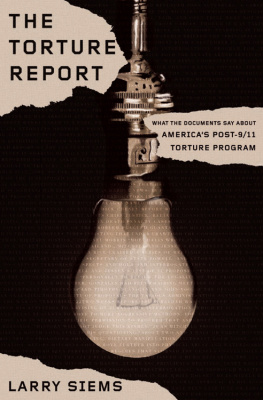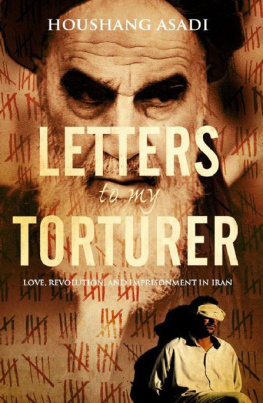Ervand Abrahamian






This book, like most, is a joint effort by many. I would like to thank first and foremost the many refugees at the Archiv fur Forschung and Dokumentation Iran in Berlin who gave me unlimited help and openhanded hospitality. Without them this study would not have been undertaken. I would also like to thank the National Endowment for Humanities for an annual fellowship; Baruch College in the City University of New York for a sabbatical leave; the Research Committee at the City University of New York for a travel grant to Europe; and the Baruch College Research Committee for lightening my teaching responsibilities. Thanks also go to those who commented on earlier drafts of the manuscript-especially Hamid Ahmadi, Ali Gheissari, Dr. Morteza Mohit, E.A., Evan and Minou Seigal, Mohammad Reza Afshari, and Mansour Farhang. Further thanks to Hamid Ahmadi for providing me with videotapes from his Iranian Left History Project. Finally, I would like to thank Lynne Withey, Rose Anne White, Suzanne Samuel, and Sheila Berg for guiding the manuscript through the editorial process. Obviously, the above individuals and institutions are in no way responsible for the errors in judgment and facts found in these pages.

Torture has ceased to exist.
Victor Hugo
Return of Torture
Sixty years ago Iranian lawyers would have readily agreed with Victor Hugo's famous pronouncement, "Torture has ceased to exist."' Iran had followed Europe's example of banning torture from the whole judicial process. Policemen were prohibited from using brute force to extract information and confessions. Judges lost their age-old array of corporal punishments. Similarly, prison wardens no longer routinely inflicted physical chastisements-even though they were not averse to killing their wards if ordered to do so. They murdered-but observed the taboo against torture.
By the 1980s, however, torture had returned with a vengeance. Prisoners-especially political ones-were now routinely subjected to physical torments reminiscent of bygone centuries. The taboo had been broken. According to Amnesty International, the United Nations, and Human Rights Watch, in a world in which prison brutality was rampant, Iran outdid most other countries in its use of systematic physical torture.2
This return of torture obviously runs counter to Michel Foucault's Discipline and Punish.' According to Foucault's famous paradigm, societies inevitably replace physical with nonphysical punishments as they move from traditional to modern dis courses. In traditional societies, punishments came in the shape of corporal torments-on the public scaffold as well as in closed judicially supervised torture chambers. In modern societies, however, they come in the form of prolonged imprisonment-often under close surveillance. According to Foucault, the "theater of horror" gives way to penitentiary walls; the imprint on the body, to "remolding of the soul"; the street scaffold, to the carceral archipelago; and the medieval Inquisition, to Jeremy Bentham's Panopticon-at least in grand aspiration if not in actuality.
The return of torture to Iran has been accounted for in a number of ways.4 Some claim the reemergence is not surprising because torture is deeply ingrained in all "Asiatic" cultures. Others argue the reemergence is to be expected because the Islamic Republic, being a "throwback to the dark ages," has reverted to all things medieval. Yet others argue that the return does not invalidate Foucault because its ultimate purpose is to establish social discipline by "making and then remaking the victim."' Meanwhile, apologists for the present regime have argued that Iran-like many other contemporary states-has no choice but to resort to emergency measures to counter heavily armed terrorist organizations. After all, even Jeremy Bentham, the champion crusader against torture, was ambivalent on the question of whether in emergencies the police could use force 6 to obtain information that would directly save innocent lives.
These explanations, however, do not bear close scrutiny. If torture was so ingrained in Iranian culture, why did it recede from the national scene for more than half a century-from the early 1920s until the early 1970s? In these five decades, prisoners often complained about shekanjeh (torture). But by this, they meant a slap on the face, verbal abuse, a withheld meal, or, at worst, a few days solitary confinement. Brute force was rarely used. "Shekanjeh"-like the English term "torture"-is a useful yardstick for measuring the prevalent "threshold of outrage." One generation's "torture" is another's inconvenience. In the words of one former prisoner, "In the 1930s we often complained of being tortured but our suffering was nothing com pared to what prisoners have to bear nowadays."7 Another former prisoner writes, "I begin my prison reminiscences with much humility fully cognizant of the fact that our hardships were nothing compared to those of later generations.""
If torture is intrinsically linked to the "traditional" nature of the present regime, why did its return predate the Islamic Republic? For it began to reemerge under the "modernizing" Pahlavi monarchy-half a decade before the revolution and the appearance of the clerical republic. As this book will show, the Shah in the early 1970s was beginning to resort to torture for reasons very similar to those of the subsequent Islamic Republic. These reasons had little to do with modernity and tradition but much to do with ideological warfare, political mobilization, and the need to win "hearts and minds."
Similarly, the desire for social discipline cannot explain the return of torture. If its main purpose is to create discipline in the wider society, why is it hidden behind closed doors and its existence vehemently denied? The public scaffold may possibly induce social conformity; torture behind closed doors cannot. Moreover, if discipline is the main purpose, why are prison wardens so oblivious to the whole issue of order, control, and regimentation? Prison memoirs are unanimous in reporting that the authorities invariably leave the administration of the wards to the inmates themselves. Ironically, this makes the prison the one place in the whole country where "grassroots democracy," including voting and direct participation, is practiced on a daily basis. Furthermore, torture, despite its physical damage, rarely "remakes" the personality. On the contrary, the victims-at least, those who survive-end up more alienated from the regime. As one prisoner notes, very few of her cellmates changed their views even in the worst days of ideological indoctrination. She adds that many lost their lives simply because they remained ideologically contemptuous of their interrogators.'

